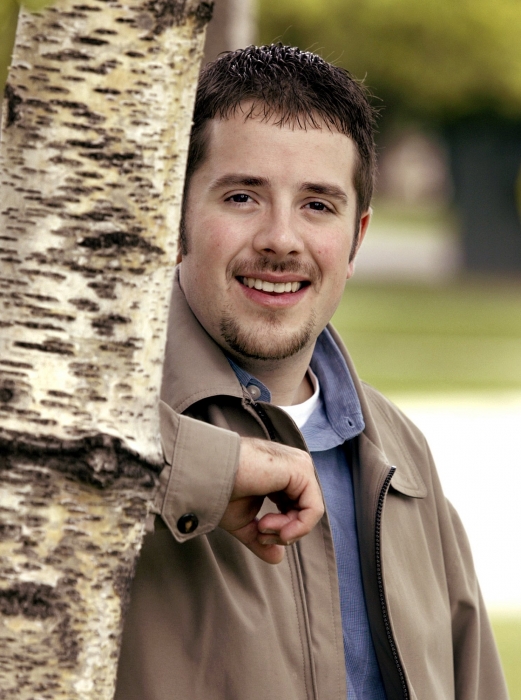Most state constitutions contain provisions in their declarations of rights that concern religion or religious freedom. These provisions often are interpreted similarly to the First Amendment’s establishment and free exercise clauses.
Many early settlers came to the American colonies and the United States in search of religious freedom. The Anglican Church generally dominated in the South, the Quakers held considerable influence in the mid-Atlantic, and Congregationalists prevailed in New England (Noll 1990: 25).
Many states separated, or disestablished, early church-state relationships
In some colonies or states, these churches served as the official or established church. Many were disestablished during the Revolutionary War, most notably where Thomas Jefferson and James Madison led the way with the Virginia Statute for Religious Liberty.
Massachusetts, the last state to disestablish its church continued to delegate state monies to aid religion and otherwise privileging religious bodies until 1833. Although it had long since disestablished the Anglican Church, Maryland continued to require a religious test oath as a condition for public office until 1961, when the Supreme Court invalidated the practice in Torcaso v. Watkins.
When state delegates met to write the U.S. Constitution, they omitted all direct references to God — save a reference to “the year of our Lord,” which is appended to some of the versions — and prohibited religious oaths, which many states still required. When originally adopted, the First Amendment establishment clause may actually have helped preserve state religious establishments, since it only prohibited Congress from adopting laws respecting such establishments. State constitutions generally outlined powers to guard the public health, safety, and welfare under what are called police powers.
In developing state constitutions, delegates debated aid to churches
John J. Dinan (2006) has identified a number of prominent religious issues that arose at state constitutional conventions and were dealt with in the constitutions. He observes that arguments on behalf of aid to churches and support for test oaths continued through the early 1830s.
Tennessee joined a number of early states in attempting to separate church and state by adopting a constitutional provision preventing members of the clergy from accepting public offices. The U.S. Supreme Court eventually struck this provision down in McDaniel v. Paty (1978).
States also debated whether it was appropriate to give aid to parochial schools, which they recognized were not only spreading religious doctrine but also promoting the public good. This issue often split Roman Catholics — who frequently founded schools to escape what they considered to be hegemonic Protestant views in public schools — from Protestants.
Connecticut’s disestablishment of its church in 1818 led to a court case about whether the legislature could incorporate churches, as it had historically done, and decide on how to divide church property when a church split. The state’s supreme court decided that deciding the division of church property would be the kind of religious compulsion prohibited under the state constitution.
Many states adopted versions of the Blaine amendment
Although James G. Blaine’s introduction of an amendment to bar all such aid at the national level failed, many states adopted state versions of the amendment, which effectively put an end to most such aid by the end of the nineteenth century. States were more tolerant of giving assistance to religious orphanages and similar charities.
The 20th century brought the application of all of the provisions of the First Amendment to the states.
The decision in Hamilton v. Regents of the University of California (1934) extended the free exercise clause, while Everson v. Board of Education (1947) extended the establishment clause.
States can provide more separation than First Amendment does
Advocates of expanded liberties have observed that the provisions in the Bill of Rights generally serve as a floor rather than as a ceiling, so states remain free to provide broader interpretations of such rights than has the Supreme Court. Thus, although the Court ruled in Employment Division, Department of Human Resources of Oregon v. Smith (1990) that states are not required to exempt Native Americans from laws regulating the ingestion of peyote as part of their worship, they remain free to do so.
Similarly, the Court ruled in Locke v. Davey (2004) that the state of Washington was free to deny publicly funded scholarships to students who majored in theology on the basis of a state constitutional provision although the establishment clause of the federal constitution did not require this result.
John Vile is a professor of political science and dean of the Honors College at Middle Tennessee State University. He is co-editor of the Encyclopedia of the First Amendment. This article was originally published in 2009.

